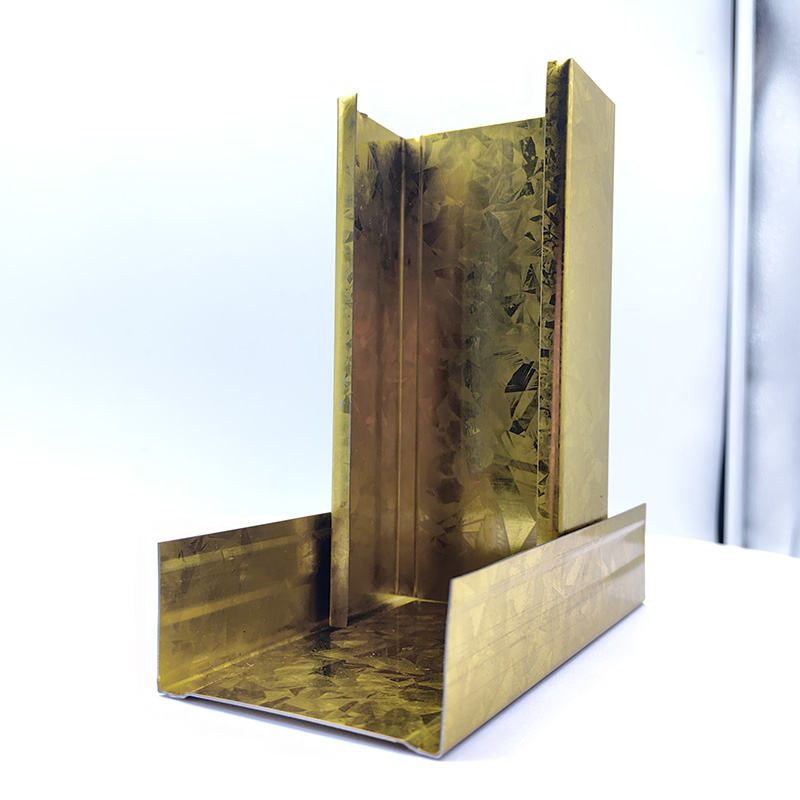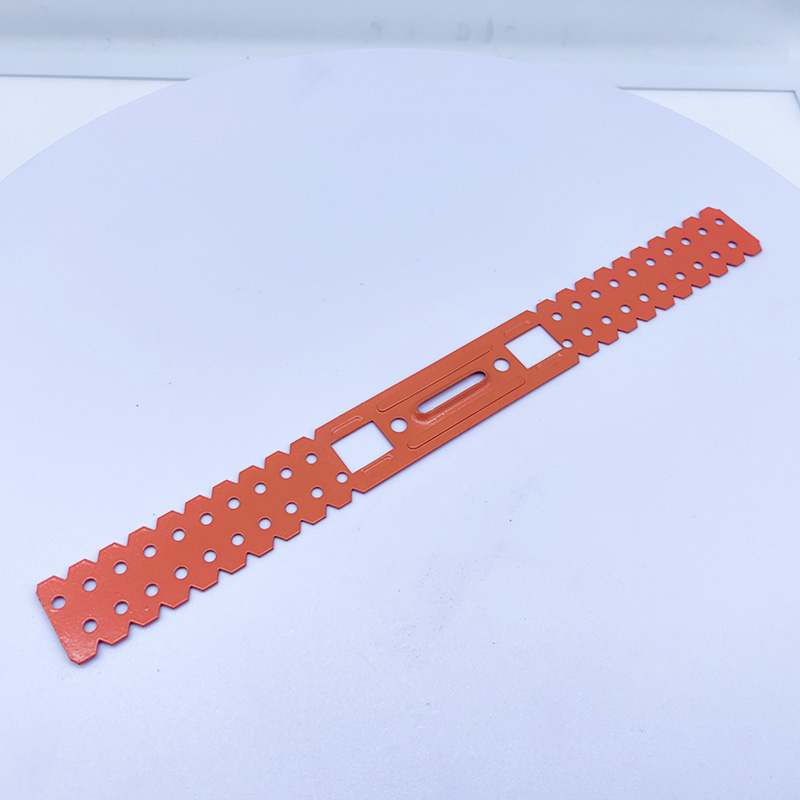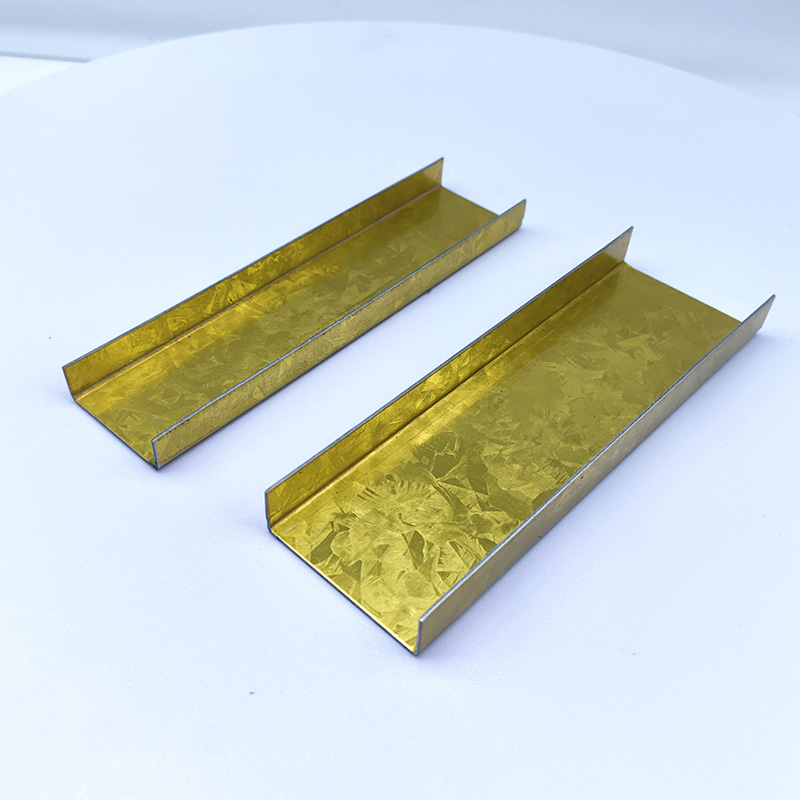Innovative Trends and Future Development of Ceiling Grid Systems
2024-12-26 05:25:12
1. Introduction
In modern architectural design and interior decoration, ceiling grid systems play a vital role as an essential structural and decorative element. They not only affect the aesthetics of a space but also play a key role in the building's functionality, comfort, and safety. With the continuous development of construction technology and design concepts, ceiling grid systems are constantly innovating to meet diverse needs. This article will explore the innovative trends and future development of ceiling grid systems, revealing technological advancements, market changes, and the challenges and opportunities within this field.
2. Current Status of Ceiling Grid Systems
Currently, various types of ceiling grid systems are available on the market, with the most common being T-grid systems, waffle ceiling systems, and attic ceiling systems. Each of these systems has its own characteristics and is widely used in commercial buildings, residences, public spaces, and more.
· T-grid system: This system is based on T-shaped main beams and supporting structures and is commonly used in office buildings and commercial spaces due to its easy installation and convenient maintenance.
· Waffle ceiling system: Known for its unique square or rectangular grid design, this system is often used in buildings with higher aesthetic requirements, such as hotels and conference centers.
· Attic ceiling system: Typically used in residential or public spaces, it adds a modern touch to indoor spaces with bright colors and simple designs.
Our company offers a variety of innovative and functional ceiling grid systems that meet different market and application needs. These products are continuously optimized for aesthetics, durability, and functionality.
3. Innovative Trends in Ceiling Grid Systems
With the advancement of technology, ceiling grid systems are evolving toward smart, eco-friendly, and personalized solutions. Below are some key innovative trends:
Smart and Automated Systems
Smart ceiling grid systems are gradually becoming the future trend. By integrating sensors and control systems, these ceiling grid systems can monitor indoor environments in real time and automatically adjust settings. For example, smart systems can regulate lighting and temperature to suit different environmental needs, enhancing indoor comfort. Additionally, automation technology can facilitate automatic detection and maintenance within the ceiling grid system, such as identifying faults and repairing them, reducing the need for manual intervention.
Environmental Sustainability
As global attention to environmental protection and sustainability increases, the design and materials of ceiling grid systems are becoming more focused on eco-friendliness. Materials such as recycled plastics and reclaimed wood are increasingly used in ceiling grid systems. These materials not only reduce environmental impact but also offer better durability. Moreover, sustainable design concepts are driving innovations in energy-saving and emissions reduction, such as using more efficient soundproof materials or integrating lighting systems to reduce energy consumption.
Multifunctionality and Personalization
Future ceiling grid systems will not only serve as a supporting structure but will also take on additional functions. For example, integrating sound systems, lighting, and ventilation can provide more comprehensive services to indoor spaces, enhancing the user experience. Additionally, personalized customization will become an important trend for ceiling grid systems. Consumers are increasingly preferring designs that can be customized with patterns, colors, and materials to create a unique spatial atmosphere.
Cross-domain Integration
Ceiling grid systems are integrating with technologies from other fields, particularly smart home and Internet of Things (IoT) technologies. Future ceiling grid systems may seamlessly connect with smart home systems, enabling intelligent control and data sharing. For instance, ceiling lighting, temperature, and humidity functions may be controlled via smartphones or voice assistants, providing users with a more convenient living experience.
4. Future Development of Ceiling Grid Systems
Technological Innovation
With the continuous development of AI, big data, and IoT technologies, the performance of ceiling grid systems will be significantly improved. For example, AI technology can help ceiling grid systems intelligently adjust based on environmental data and even predict maintenance needs to prevent equipment failure. Big data can assist in analyzing usage data within buildings, providing valuable references for the design and optimization of ceiling systems.
Market Changes
As consumer demand for environmental protection, health, and comfort increases, the market for ceiling grid systems is also changing. In the future, ceiling grid systems will focus not only on aesthetics and functionality but also on environmental friendliness and energy efficiency. For example, in high-end commercial buildings, there will be stricter requirements for air quality, noise control, and light adjustment, and ceiling grid systems will need to provide solutions for these aspects.
Policies and Regulations
In the future, environmental policies and building codes will have a profound impact on the development of ceiling grid systems. Governments worldwide are paying increasing attention to environmental standards in the construction sector, such as stricter energy-saving and emissions-reduction regulations. This will drive ceiling grid systems to develop in a more eco-friendly and energy-efficient direction.
5. Challenges and Opportunities
As ceiling grid systems develop in the future, they may face several challenges. For instance, technological complexity could increase production costs, and market competition might lead to price pressures. Furthermore, consumer demand for product personalization places higher demands on manufacturers. However, these challenges also present opportunities. For example, technological innovations create market gaps, and the increasing demand for higher-quality products presents significant growth potential for businesses.
6. Conclusion
The innovative trends and future development potential of ceiling grid systems are enormous. From smart technologies, eco-friendliness, and personalization to cross-domain integration, ceiling grid systems are evolving toward more diverse and efficient solutions. Future ceiling grid systems will not only be decorative elements but also key components of smart buildings and sustainable designs. Both the industry and broader society should focus on innovation and development in this field, pushing ceiling grid systems to make further breakthroughs in the construction industry.

A Double Anti-Rust Gold Partition Wall Stud is a type of steel stud commonly used in the co...

A CD UD Profile Furring Clip U Clamp is a type of metal fastening component used in the ins...

A 60mm Ceiling Grid refers to a type of suspended ceiling system, commonly used in commerci...

38mm Main Tee and 50mm Main Tee refer to the widths of the main tee profiles used in suspen...

